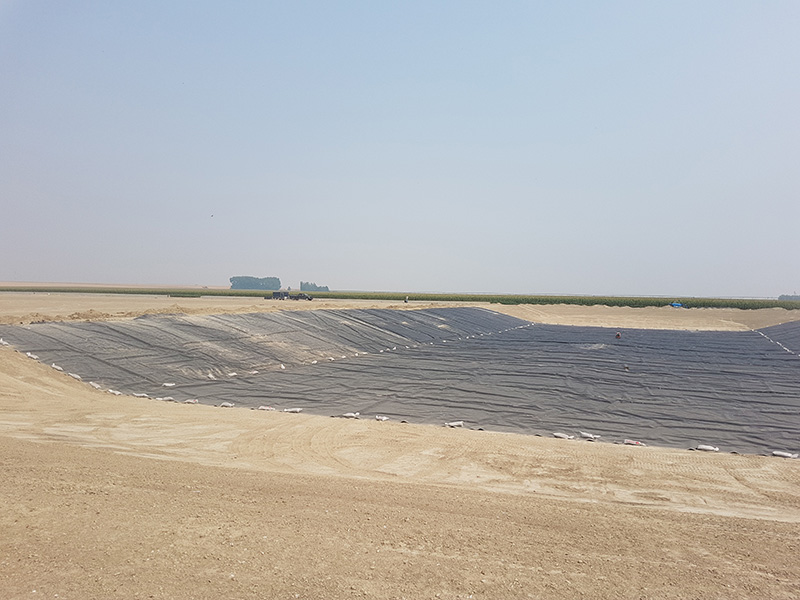ProductGeotextile Fabrics
Woven and Nonwoven geotextiles for agriculture, construction, and oilfield applications.
Geotextile fabrics have a wide variety of uses for multiple industries. Most commonly used to protect containment liners from punctures, geotextiles can also be used to filter out sediment and debris while allowing fluids to pass through. For construction uses geotextiles are an important stabilizing material.
Geotextiles are available in multiple strengths and thicknesses so be sure contact us, we will help you select the appropriate material selection for your project.

ProductDetails
Woven geotextiles are made from high-tenacity polypropylene fibers. Woven geotextiles offer significant design strengths. Our high strength geotextiles can be readily designed as reinforcement in temporary or permanent structures. Woven geotextiles are referred to by tensile strength, which is the resistance a material has to break under tension. Generally speaking, woven fabrics are more plastic-like in feel and appearance. While they are relatively impermeable and don’t offer drainage, they do have a very high load capacity and are commonly used for roads and parking lots.
Nonwoven geotextiles constructed of high-quality polypropylene fibers for construction, landscape, and environmental projects. Needlepunch construction forms a strong bond and allows the fabric to resist damage in most construction applications.
Primary applications for these fabrics include:
- filtration
- drainage
- protection
- separation
- stabilization
- reinforcement
- isolation
Request a Quote
From Roll to Truckload
TCA orders geotextile fabrics by the truckload, but you can by them by the roll. Contact one of our containment specialists to find out exactly what you need for your next project.
Site Preparation
and Installation

Prepare the install area. This will typically involve a process of removing trees and brush from the top layer of soil and vegetation from the subgrade materials. Weak pockets of soil should be replaced with granular fill.
Smooth and level the subgrade. All depression or humps within the subgrade should be removed.
Place the geotextile in the prepared installation area. Fabric should be laid out according to engineered plans or site recommendations. Fabric should be stretched as tight and as flat as possible.
Overlap adjacent rolls as specified for your site. If no instructions exist, the fabric should be overlapped at a minimum of 12-18 inches.
Secure the fabric with staples, pins, soil or other suitable materials. Fabric should be secured along the edges and then at overlapping portions.
Loosely place fill directly on the geotextile in 8" to 12" lifts. For very weak subgrades, 18" or thicker may be required.
Product Warranty
Geotextile fabrics are guaranteed to be free from manufacturing defects upon arrival on site. Any material damaged upon delivery will be inspected and assessed for the appropriate repair or replacement measures.
